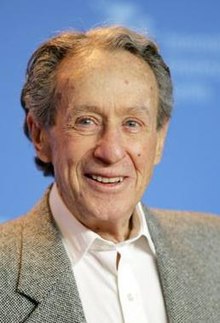Despite Bonnie and Clyde’s attitudes towards realism the film still has subtleties of the French New Wave style. Warren Beatty (Clyde) who took the role of producer was interested in the French New Wave and therefore originally approached directors of this movement for the film. This influence would be present throughout the entirety of the production of Bonnie and Clyde and would influence Penn’s conception of the of the film. Bonnie and Clyde uses techniques from French New Wave for the characteristics of the characters as well as utilising fast cuts and changes in music to spontaneously shift the tone. There are similarities between Bonnie and Clyde and the French New Wave film Jean-Luc Godard’s Breathless as they both feature anti hero protagonist’s who are arrogant and rebellious. Both protagonists are very masculine and have a sexual facades, where their characteristics of confidence and brutality (which attracts the audience) are the very flaws that lead to their downfall. The bluegrass music is used to show change the tone throughout the film from the serious tone of the robberies to the spritely tone of the getaways.
David Newman was a screenwriter from America who’s career with Robert Benton expanded from the late 60s to the early 80s. Both of them worked together for the screenplay for Bonnie and Clyde which increased the demand for them in Hollywood. David Newman was awarded an Academy Award, the National Society of Film Critics Award, New York Film critics Award, and three Writers Guild of America Awards for multiple screenplay including Bonnie and Clyde. Robert Benton was a screenwriter and director who won many awards for both writing and directing. Benton wrote many screenplays and won multiple awards including the Best Original Screenplay for Bonnie and Clyde.
Arthur Penn was a director and producer known for his association with the American New Wave and directing films such as The Chase (1966), Bonnie and Clyde (1967) and Alice’s Restaurant (1969). His work is the 1970s weren’t regarded as highly and he eventually returned to television and stage direction/production. He was nominated for several Academy Awards by the time he died in 2010 along with many other awards. These include three Academy Awards for Best Director, a BAFTA, a Golden Globe, two Emmys, and two Directors Guild of America Awards. He also recived an Honoury Golden Bear, Tony Award and the Akira Kurosawa Award from the San Francisco International Film Festival.



























